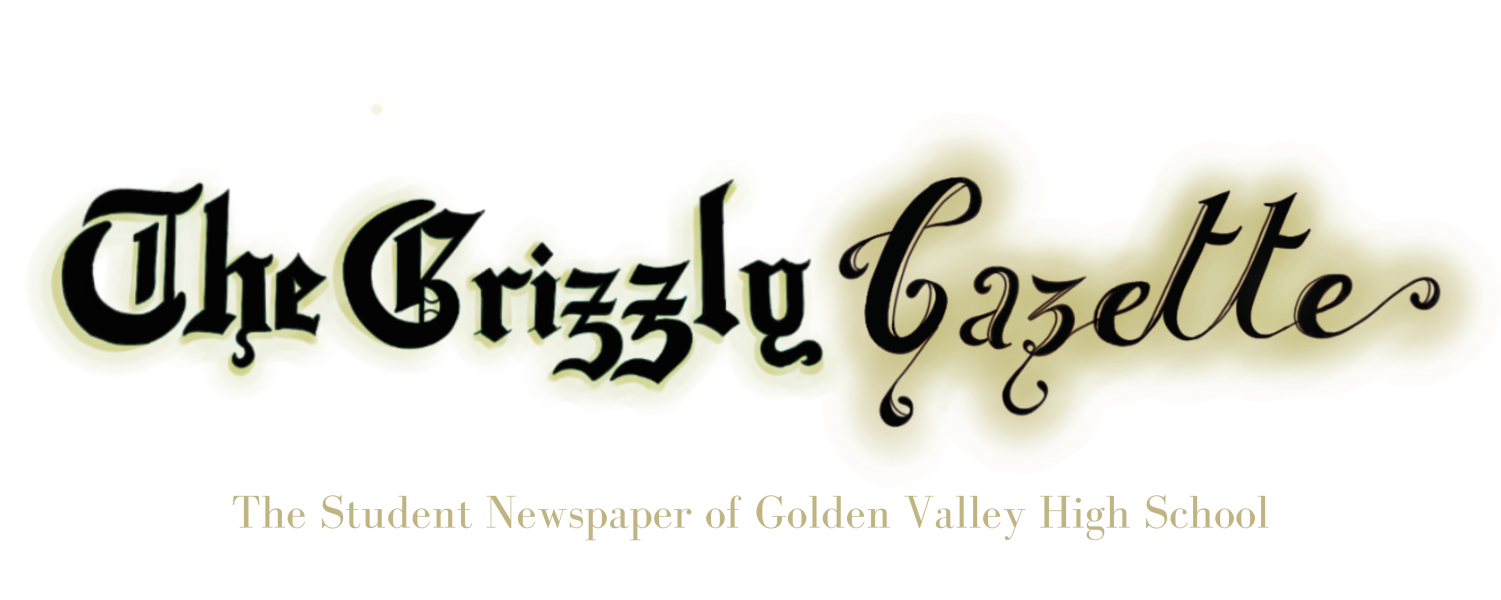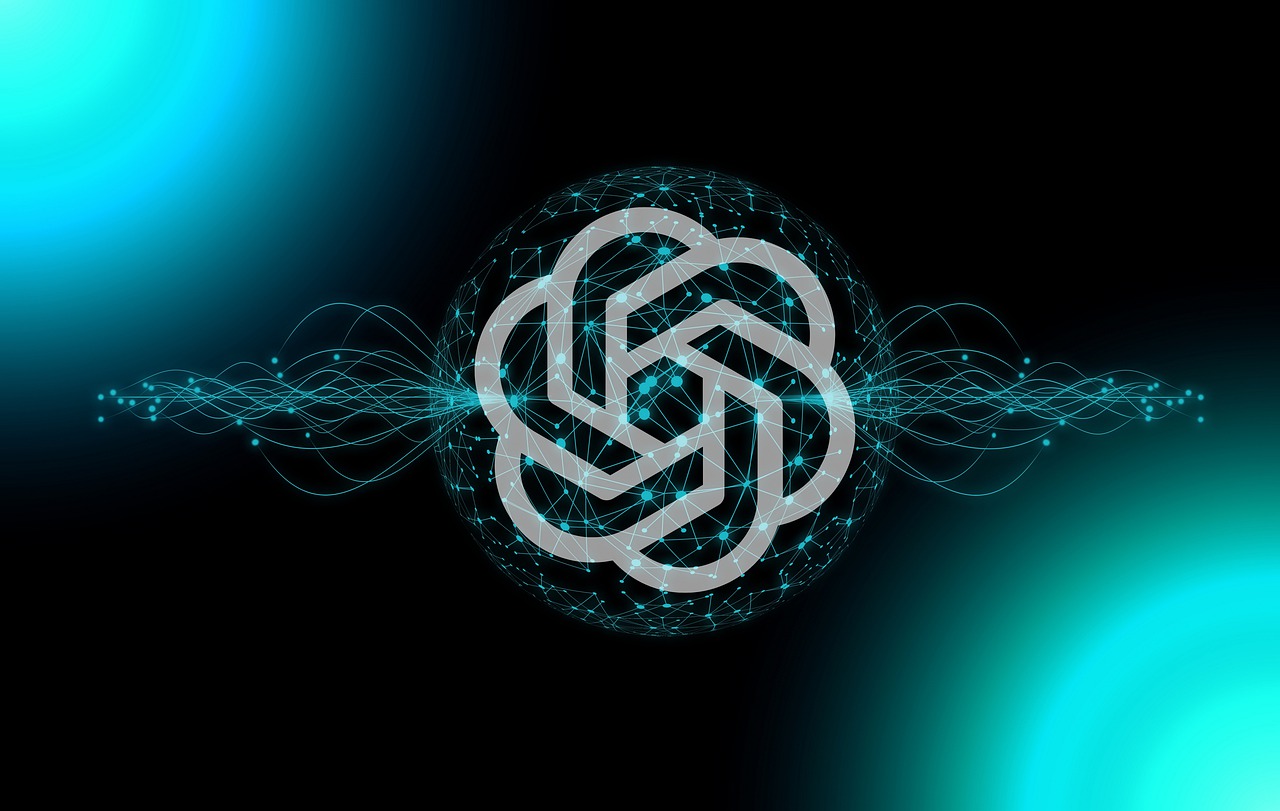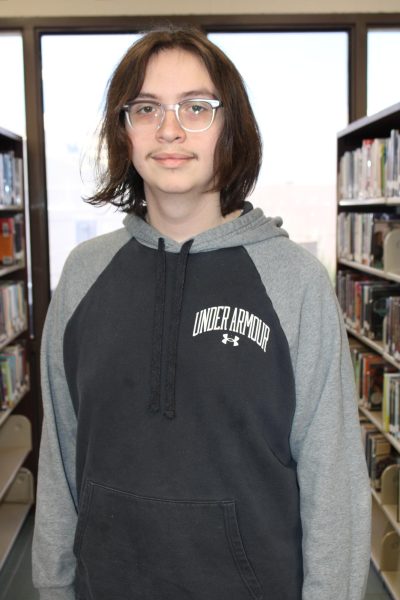AI is evolving at a rate so rapidly, it seems a new huge advancement is made every few months. The speed at which this fascinating technology is growing in efficiency is amazing, but also worrying. How far should we allow it to evolve?
Many new developments for AI have arisen in the past years, taking different forms in how it’s used. There’s ChatGPT, the AI that can write about almost anything regardless of complexity. Deepfakes, a form of AI that can generate video or audio of fake information in someone else’s likeness.
There are also AI chat bots which some users develop an addiction using for emotional support or a feeling of friendship, rather than human connections. AI artwork can make detailed and complex art pieces with extraordinary speed. Self driving cars are also done through AI. The list goes on and on.
No doubt AI can be very dangerous with the ability to create fake images or people being dependent on it for support. But AI can also appear to be useful in several aspects such as analysis and learning. But what do some of these AI do in more detail, and who are the ones innovating this new technology?
OpenAI has recently shown off their new developments in the world of AI, Sora. Sora is an AI that takes text prompts, and makes extremely realistic videos that look nearly identical to reality.
Sora for example was able to create an incredibly realistic video with the prompt of “The camera directly faces colorful buildings in Burano Italy. An adorable dalmation looks through a window on a building on the ground floor. Many people are walking and cycling along the canal streets in front of the buildings.”
Another example from Sora, was another detailed video when given the prompt of “Tour of an art gallery with many beautiful works of art in different styles.” These videos can be up to a minute long without losing any visual clarity. The video examples they have shared have had a fierce impact, causing fear of how our society may become in the future with further integration and evolution of AI.
As these videos show such detailed imagery that people already can’t differ from reality, it is only in early development. What this AI will be able to achieve within the upcoming months, is something many greatly anticipate.
AI with such little time is already capable of almost perfectly simulating the real world, and the growth just keeps speeding up. Sora is also capable of making videos out of existing still images, further reinforcing the idea that AI has developed faster than anyone could’ve expected.
OpenAI has also been the creator of numerous other AI, such as the infamous ChatGPT, and DALL·E 3. ChatGPT is capable of solving complex problems within a user given prompt. Many fear ChatGPT as it’s been used commonly by students to cheat; however, if adapted properly, it can have a place even within our education system.
Khan Academy, an education website that provides lessons on math, science, and humanities studies has started experimenting with the use of ChatGPT to help students learn. It’s been molded in a way that prompts students to learn how to solve complex math problems, but also gain a deeper understanding behind the concepts.
DALL·E 3 is an AI capable of translating ideas in the forms of prompts to complex pieces of art with exceptional accuracy. This AI has been merged into ChatGPT, meaning it can respond with text prompts when asked questions and also provide imagery when requested.
Meaning not only can ChatGPT write extremely detailed responses, but it can create original artwork in no time at all with a simple request. This rapid growth has occurred in very little time, as ChatGPT in itself is still a relatively new advancement.
Despite this, OpenAI already made both DALL·E 3 and Sora in rapid succession. They update and polish the AI so they even improve as time goes on, while they simultaneously innovate in the AI industry. But how should such technology be treated in society?
Joshua Stimac, an economics teacher at Golden Valley, states, “At this point we need a lot of legislation and a lot of restrictions placed on the use of AI.” As it is too late to go back to when AI simply didn’t exist, a solution suggested by many, as well as Joshua Stimac, is the regulation of AI.
Some examples such as enacting legislation to limit their usage in general, or placing heavy restrictions on AI in places like the education system. Stimac also mentions that “In terms of creativity, and the human spirit, it’s detrimental.” Meaning that AI, depending how it’s used, can harm humans’ creative ideas and their spirit.
While AI has great potential to assist our society into a new era, it also has the potential to deal great damage . It is both a fascinating and terrifying piece of technology.
How we deal with this double edged sword is up to us now. Through appropriate decisions, regulations, and interpretations, we can use this technology to create something truly revolutionary– or it may be our own ruin. We are running out of time to decide what position to take. AI could create a new era of human history– or be our downfall. AI has already changed so much of how our society functions, that we must either halt this evolution, or let it flourish.



